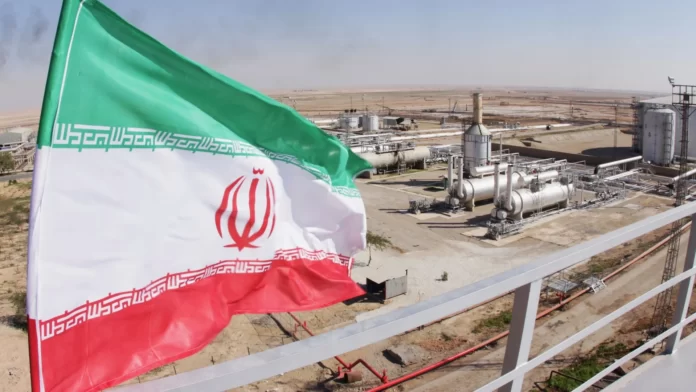China’s oil imports from Iran surged in June, reaching record levels as shipments accelerated ahead of the recent Iran-Israel conflict and independent Chinese refiners stepped up purchases, analysts said.
According to ship-tracking firm Vortexa, China imported more than 1.8 million barrels per day (bpd) of Iranian crude between June 1 and 20, the highest volume ever recorded by the company. Data from Kpler placed the month-to-date average at 1.46 million bpd as of June 27, up from 1 million bpd in May.
The rise was driven by increased availability from floating storage, following Iran’s multi-year high in export loadings of 1.83 million bpd in May, according to Kpler. Because Iranian oil typically takes about a month to arrive in China, analysts expect imports to remain high into July.
Demand was particularly strong from China’s independent “teapot” refineries, which turned to Iranian barrels as their inventories thinned, said Xu Muyu, senior analyst at Kpler. She added that any easing of U.S. sanctions could further boost Chinese purchases.
While U.S. President Donald Trump reaffirmed the continuation of sanctions, he hinted at potential leniency in enforcement to aid Iran’s economic recovery. Iranian Light crude is now trading at a narrower discount of around $2 per barrel below ICE Brent, compared to $3.30–$3.50 earlier, as concerns over the Strait of Hormuz prompted tighter pricing.
However, Iran’s crude exports have slowed in the second half of June, following Israeli and U.S. airstrikes, Kpler, Vortexa, and Petro-Logistics told Reuters. Shipments have dropped to a monthly average of 1.5 million bpd, down from a five-week high of 2.2 million bpd recorded the week of June 16.
“Crude exports in the first half of the month were at multi-year highs as Iran rushed to export cargoes following the Israeli attacks of June 13,” said Daniel Gerber of Petro-Logistics. “While there appears to have been a slowdown since then, we assess that crude loadings have continued largely uninterrupted.”
A sustained dip in Iranian exports, analysts noted, could tighten global oil supply and lend support to prices, which have already retreated from recent highs. ICE Brent hovered around $68 per barrel on Friday — back to pre-conflict levels and down 19% from Monday’s five-month peak.























